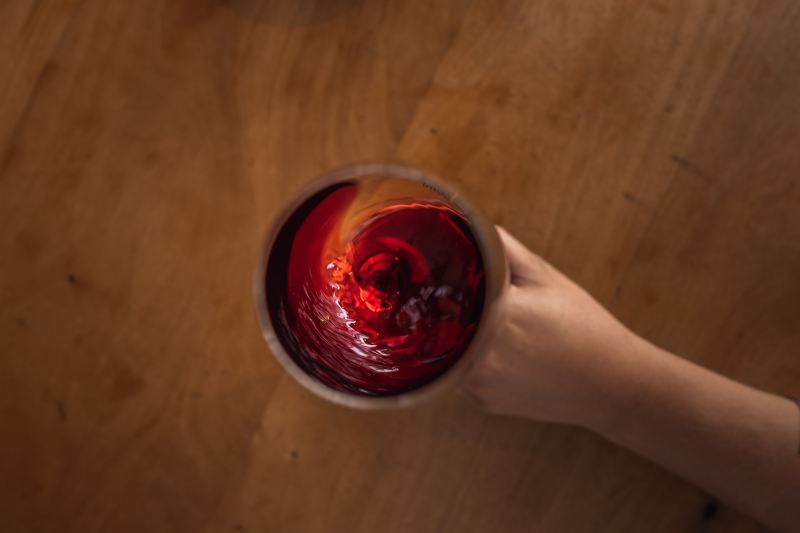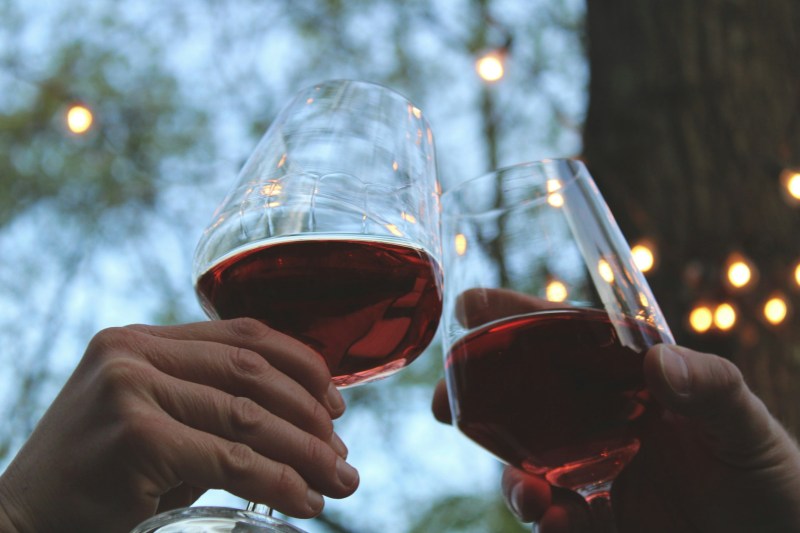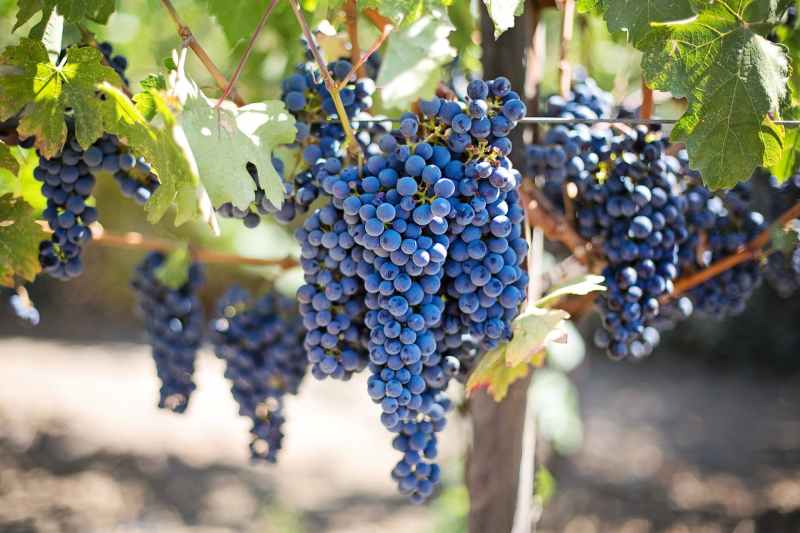“It’s a hard grape to grow, as you know. It’s thin-skinned, temperamental. It’s not a survivor like cabernet that can grow anywhere and thrive even when neglected. Pinot needs constant care and attention, you know? And, in fact, it can only grow in these really specific, little, tucked-away corners of the world. And only the most patient and nurturing of growers can do it, really. Only somebody who really takes the time… to understand Pinot’s potential… can then coax it into its fullest expression.” – Miles Raymond, from the movie Sideways.
While to some, Miles’ monologue about Pinot noir may seem a touch on the overly sentimental, perhaps self-reflective side, the way his character describes Pinot noir is startlingly accurate for those who understand wine. Rather than classify Pinot Noir wine as a “high maintenance” varietal, we’ll be kind and say that it sets high standards for itself. Notoriously tricky to cultivate, Pinot Noir is one of the more finicky to grow, but the rewards of these labors are borderline mystical.

Primary flavors of Pinot Noir
Pinot Noir is a wonder for its juxtaposition of rich complexity and light drinkability. It is known for its fruity, earthy notes and ruby-red color. Pinot’s flavors often include cherry, raspberry, mushroom, vanilla, hibiscus, spices, and sometimes oak.

Taste profile of Pinot Noir
Pinot noir is a dry wine with beautifully crisp acidity and very smooth tannins. It is a light to medium-bodied red wine that has floral, earthy, fruity, and spicy notes.

Where does Pinot Noir grow?
While Willamette Valley, Oregon, is quickly becoming the most popular location for outstanding pinots, this varietal is grown successfully in many climates. Thriving in cool weather, pinot noir grows well in Burgundy, California’s Napa Valley, and New Zealand.

How to serve Pinot Noir
As a lighter-bodied red wine, Pinot Noir doesn’t typically need as much time to decant as a varietal like Cabernet or Bordeaux. However, it’s still important to allow your Pinot to breathe for about 30 minutes before serving.
Pinot noir should be served at a temperature range between 55 and 65 degrees.

Which foods pair best with pinot noir?
It’s difficult to find a dish that doesn’t pair well with a good pinot noir. This generous wine highlights the flavors of a very wide range of foods, including mushrooms, roasted vegetables, poultry, lamb, soft cheeses, and tomato-based sauces.

Frequently asked questions
We’ve researched some of the most commonly asked questions about pinot noir, so you don’t have to.
Which is better, merlot or pinot noir?
If you’ve seen the movie Sideways, this question may make you chuckle a bit. The movie focuses on Miles, a hilarious, somewhat disturbed character who stubbornly and vocally detests Merlot, singing the praises of Pinot Noir instead. The film had startling and lasting effects on the wine world, plummeting merlot sales to dangerously low, record-breaking levels.
So, if you ask someone whose wine knowledge is based on tidbits they’ve picked up from pop culture, they might argue that Pinot Noir is the superior varietal. To this, we call hogwash. One is not better than the other; it simply depends on your mood, your palate, and your meal.
Both wines have aromas of berry and rich fruit, and both pair beautifully with a wide variety of foods. The main difference between the two is in body and viscosity. Pinot noir is a light-bodied wine, while Merlot tends to be more full-bodied.
What is Pinot Noir best for?
While pinot noir is wonderful for pairing with all sorts of cuisines, it is arguably also the best wine to enjoy on its own. Pinot is easily one of the most sippable red wines, so it’s a great choice for a cocktail party when you want to keep things light but still have a nice red at the bar.
As with all wines, the best pinot noir isn’t always necessarily the most expensive. Some of our favorite bottles are less than $50 and include Meiomi Pinot Noir, Belle Glos Pinot Noir, and La Crema Pinot Noir.
Is Pinot Noir a beginner wine?
Pinot Noir is an excellent choice for a beginner wine, yes. In fact, I recently made a new friend who described himself as “not much of a wine drinker,” and pinot noir was the bottle I chose to take to our next get-together. By the end of the evening, let’s just say he’d become a fast fan.
Because of its light profile, fruity notes, and low tannins, Pinot Noir is very easy to sip and casually enjoy, especially if you’re new to the world of wine. Of course, that doesn’t mean that Pinot Noir can’t also be a favorite varietal of even the most knowledgeable wine connoisseurs and sommeliers. It’s a common misconception that in order for a wine to be respected, it must be robust and loud, with greedy tannins and a bullhorn-type presence. It’s actually the opposite that’s true. The beauty of wine comes from its subtleties, and this is a particular specialty of Pinot Noir. Pinot Noir is highly respected as one of the most charismatic and beautifully diverse varietals.




